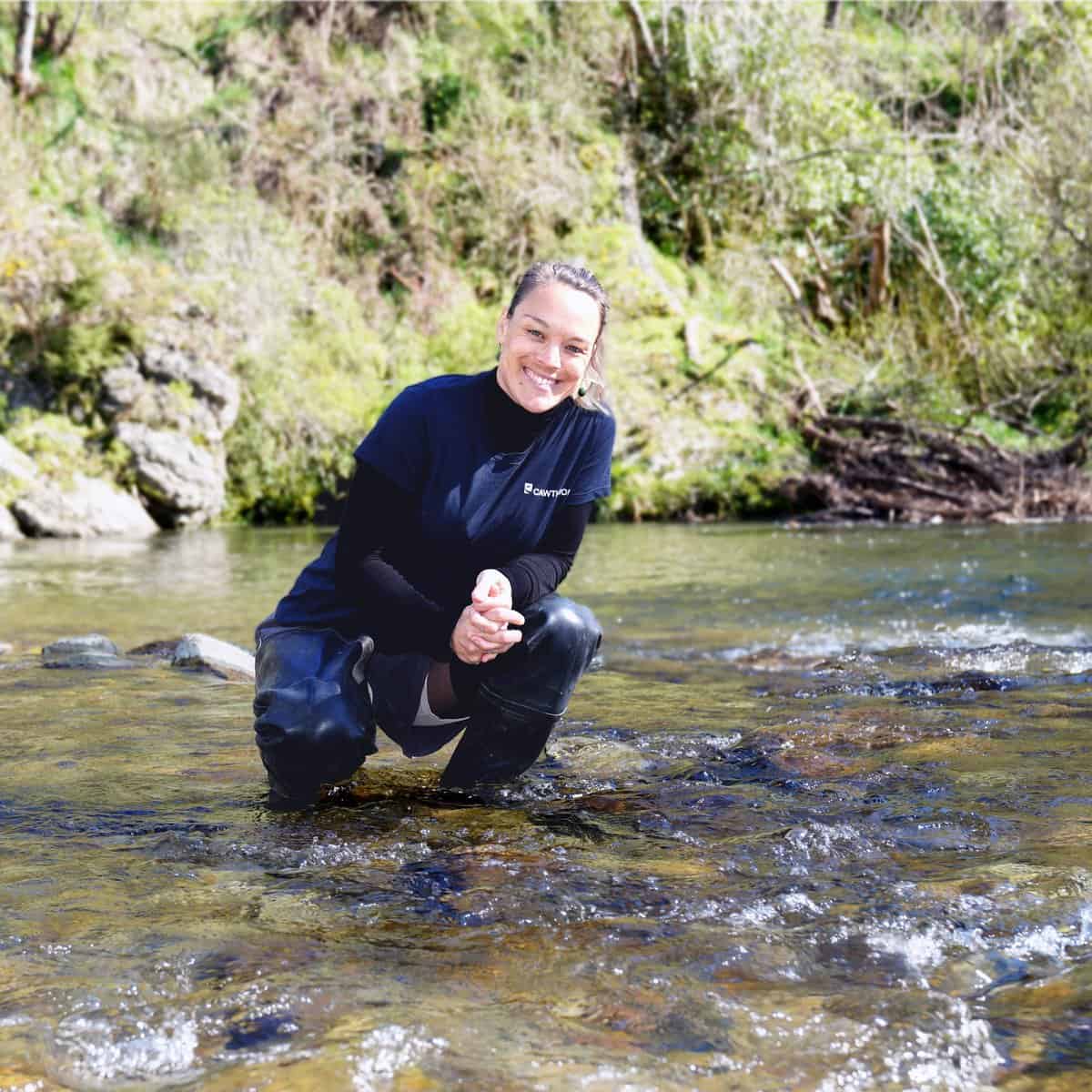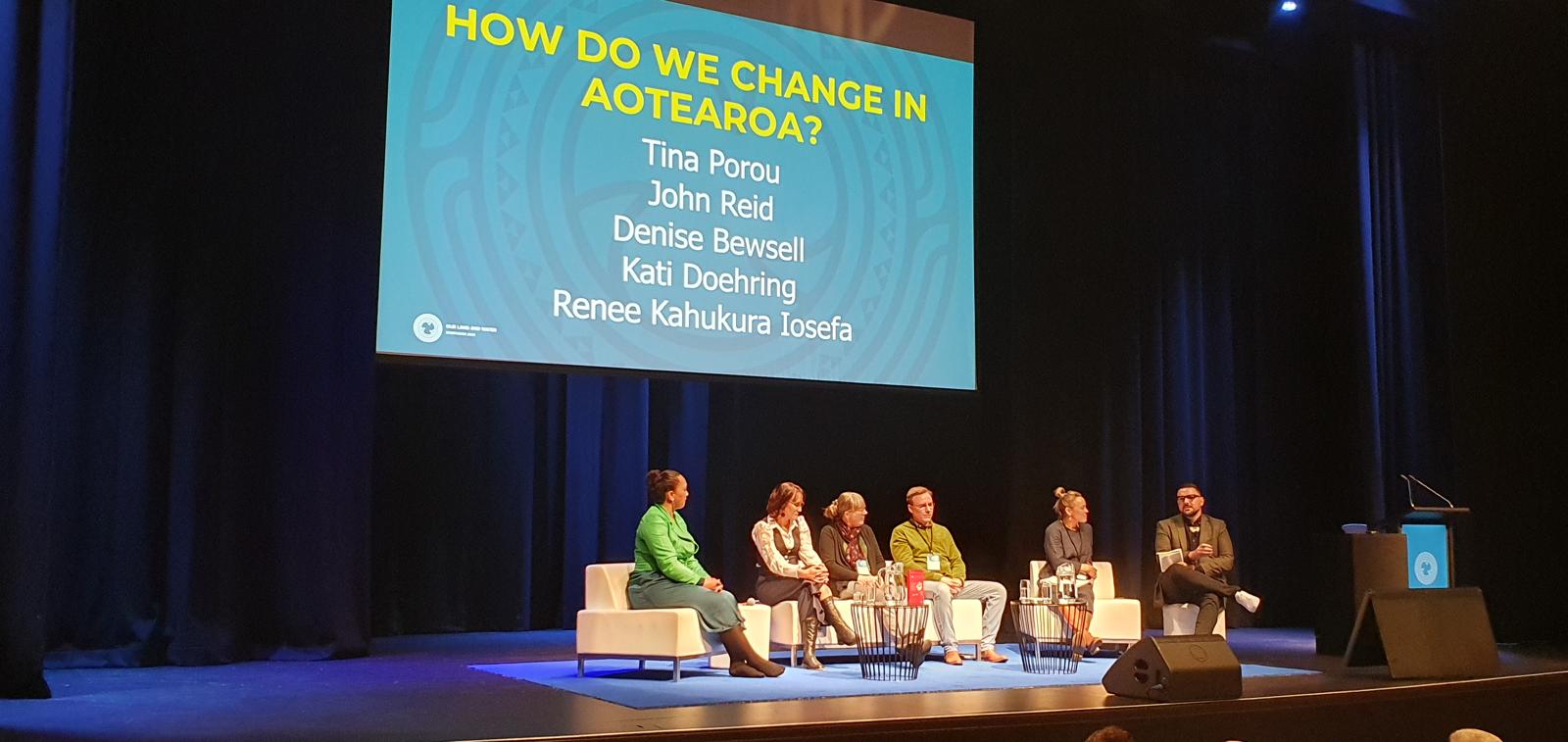Opinion: Why stories, not just statistics, will save our environment
By Dr Kati Doehring, Freshwater Ecologist
06 May 2025
Scientific data is essential for understanding the state of our environment, but numbers alone rarely move people to action. To truly connect with the public and spark meaningful change, we must bring data to life through storytelling.
I have seen first-hand how a well-told story can shift conversations, open minds, and bridge the gap between complex science and public understanding. Data tells us what is happening, but stories help us understand why it matters. Take our rivers, for example. Water quality statistics can be confronting, yet impersonal. When I hear the story of a river that once supported thriving ecosystems and sustained whānau, now degraded by pollution or climate pressures, I do not just see a number, I feel the loss. That emotional connection is what turns information into a call to action.
I am heartened to see the government embracing this approach in their environmental reporting over the last couple of years. Most recently, the Our Environment 2025 – Tō tātou taiao is accompanied by a companion piece that uses storytelling to highlight how environmental health supports our wellbeing, livelihoods, and identity as New Zealanders. Rather than presenting risks like environmental degradation and climate change in abstract terms, it shares reals stories about people and communities.
To me, this marks a meaningful shift—policymakers are beginning to recognize what science communicators have long known: stories make science relatable. Research shows we’re wired to connect with stories, they stir emotion, clarify complexity, and make messages stick. Data alone rarely changes minds; what truly resonates is what that data means for people, their whānau, their communities, and their future.
That said, I am not suggesting that storytelling should replace science. I value evidence and rigour as much as any scientist. Storytelling, in my view, is not about simplifying or diluting the truth. It is about ensuring that truth reaches people and resonates with them. Technical reporting remains critical, it provides the evidence base for sound decision-making. But if we want to shift public attitudes and encourage environmental action, we need to connect on a human level. That is where storytelling comes in.
Of course, I also recognise that this is not easy. Scientists are trained to prioritise objectivity, often leaving emotion out of the picture. I respect that. But I believe science communication, and especially storytelling, needs to be seen as a core skill, not a soft one. This is why I advocate for its inclusion in every science curriculum. If we want the next generation of scientists to truly engage with the public, they must be equipped not just to analyse data, but to communicate it in ways that people can understand and care about.
Our Environment 2025 reflects a growing awareness that environmental and human well-being are deeply connected and that effective science communication is key. It urges scientists, communicators, and policymakers to move beyond facts and tell compelling stories. This is especially important for issues that can feel overwhelmingly negative, where people may feel powerless to make a difference. Sharing stories of positive action offers a much-needed sense of hope and shows that change is possible.
As I look to the future of our rivers, biodiversity, and climate, I believe our strongest scientific tool is not just data—but the ability to communicate it with empathy. When evidence meets emotion, we inspire action and shape a future people want to protect. Because ultimately, the stories we tell about the environment will shape the future we build together.

Image: Dr Kati Doehring, Freshwater Ecologist and President of the Science Communicators Association of New Zealand.

Credit: Cawthron Institute.